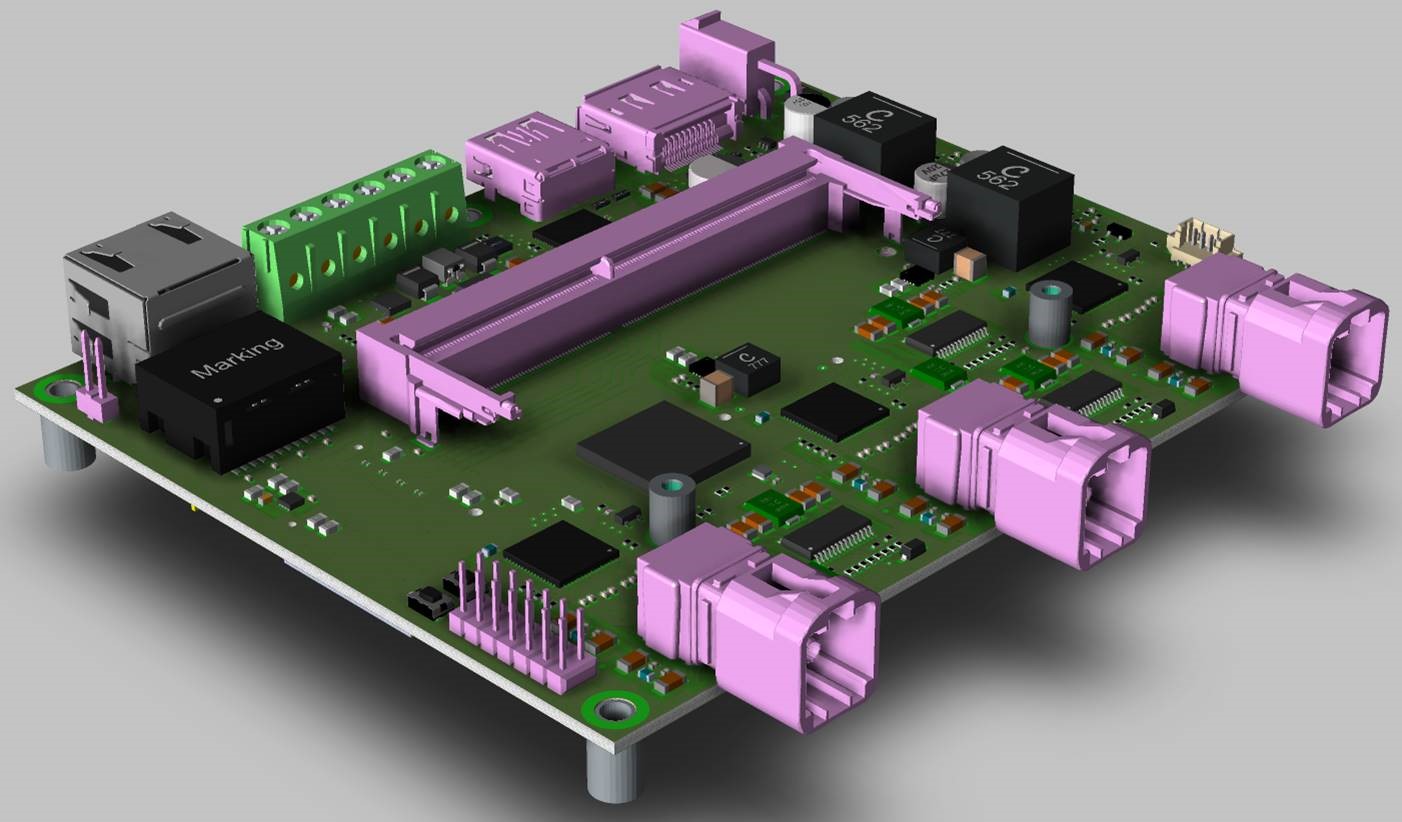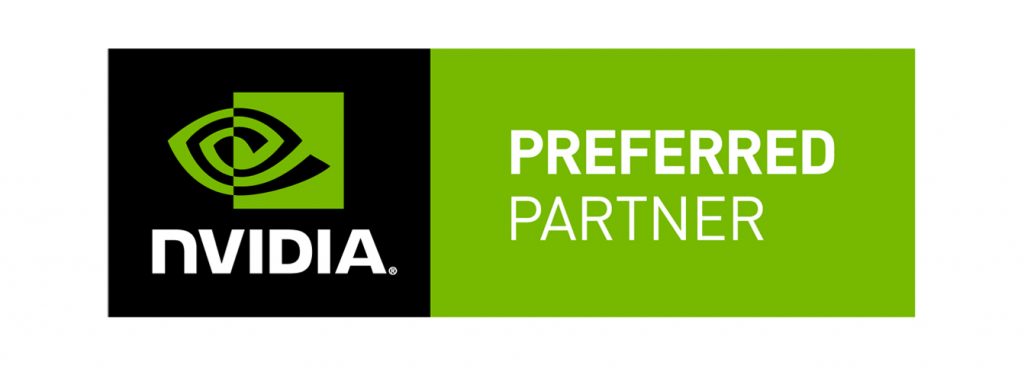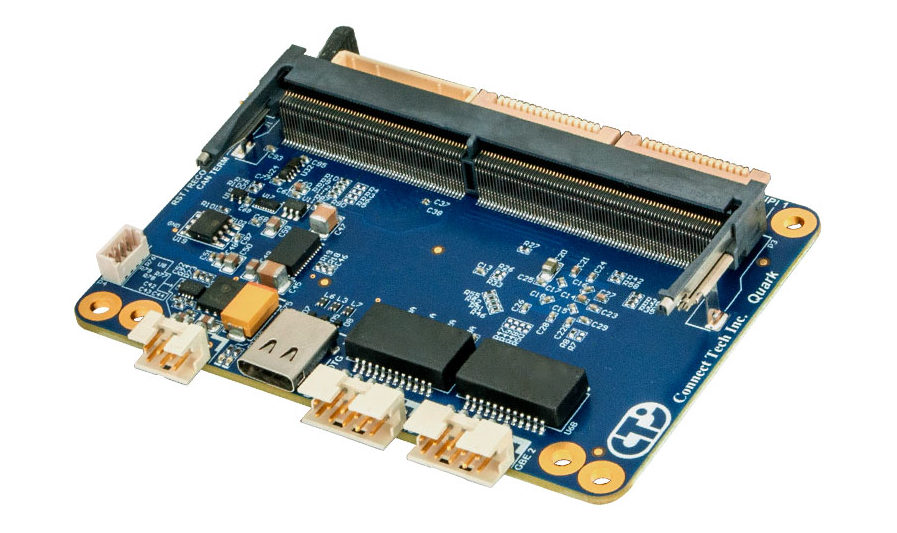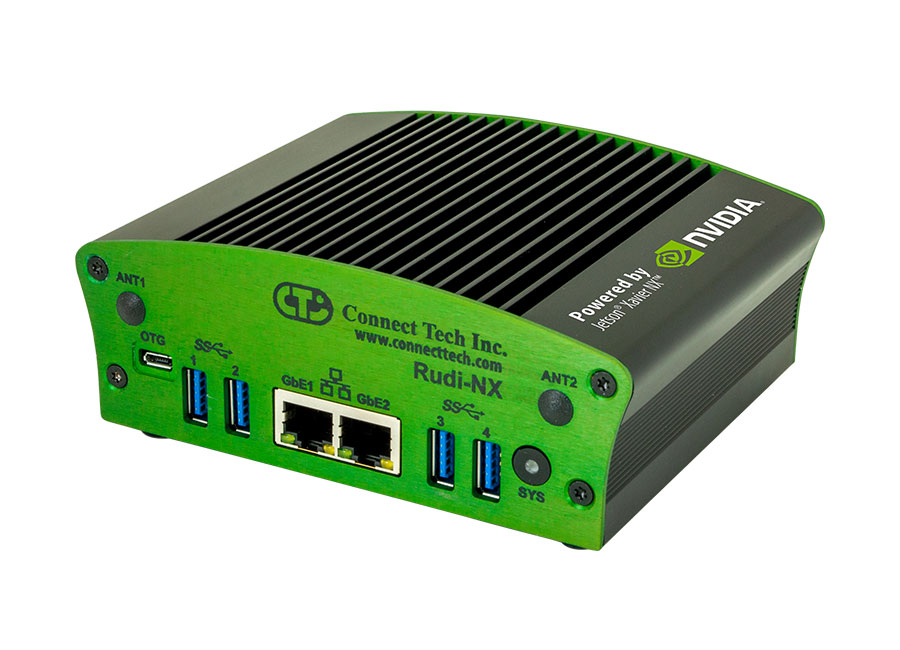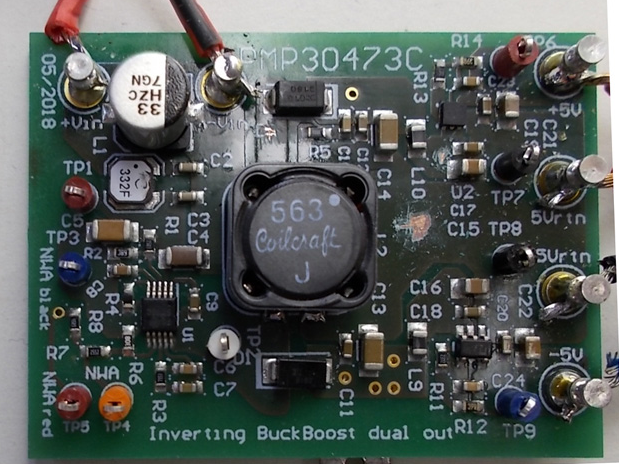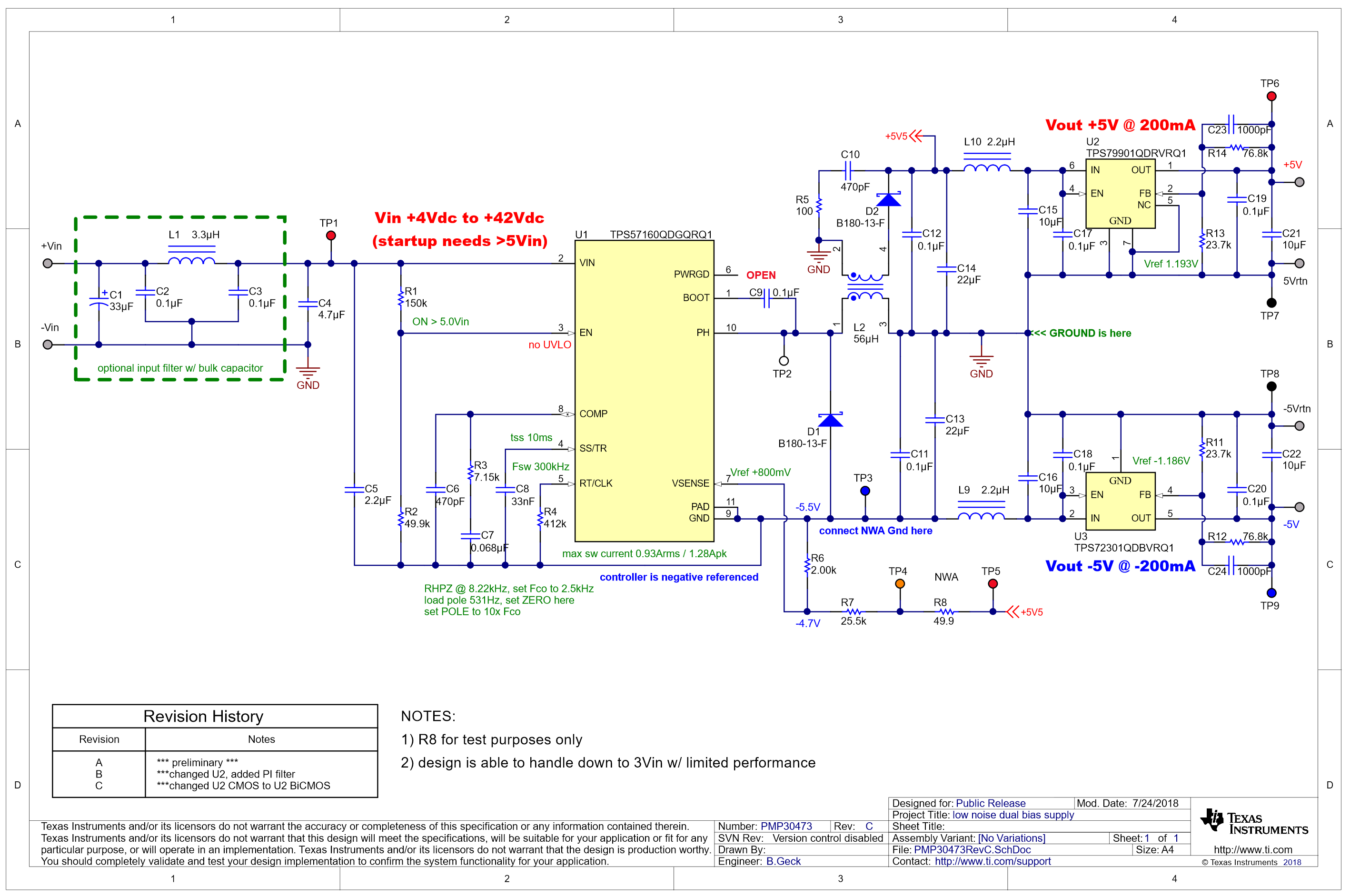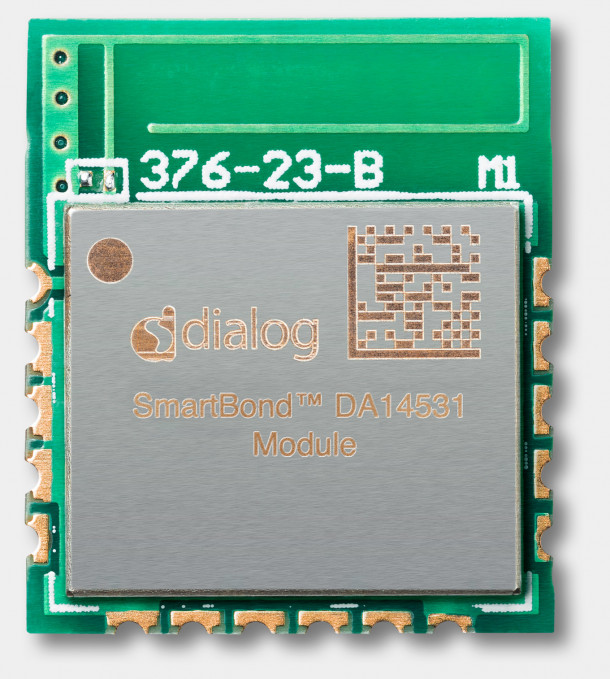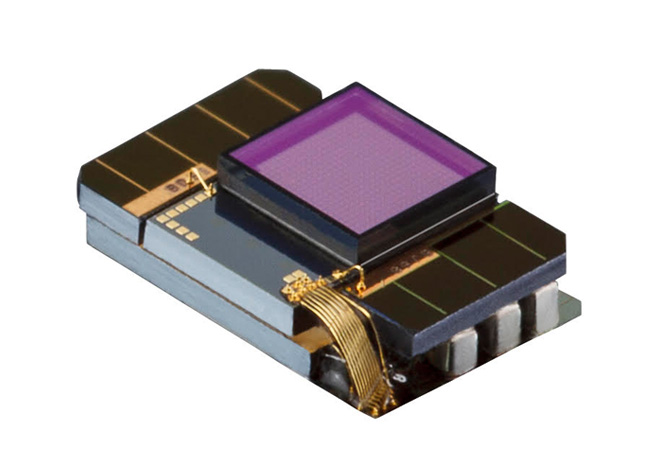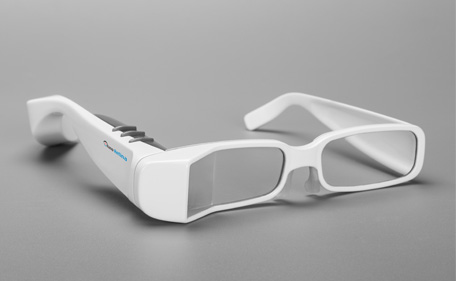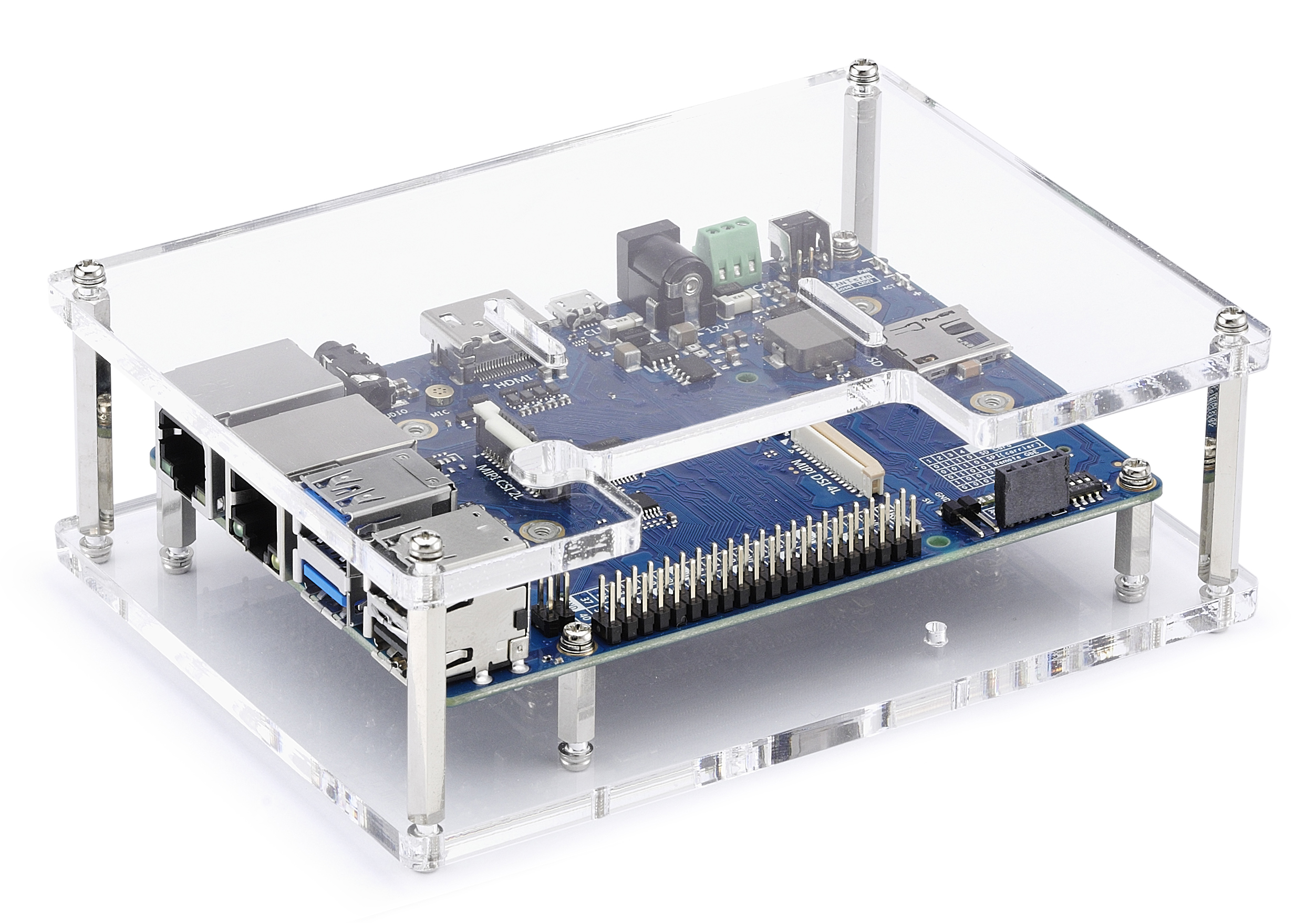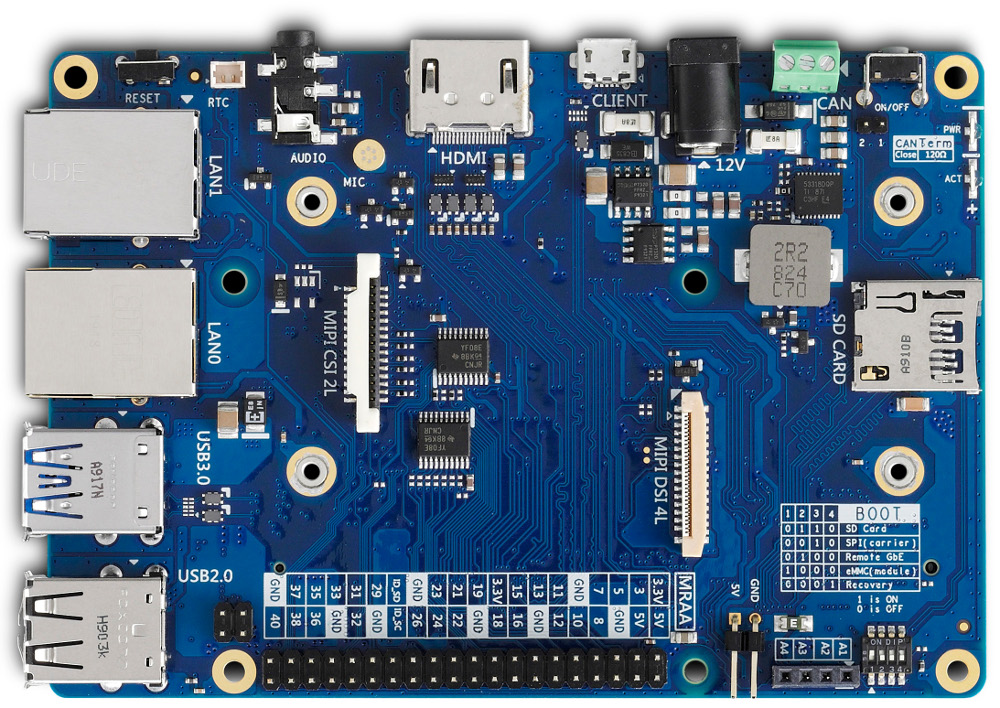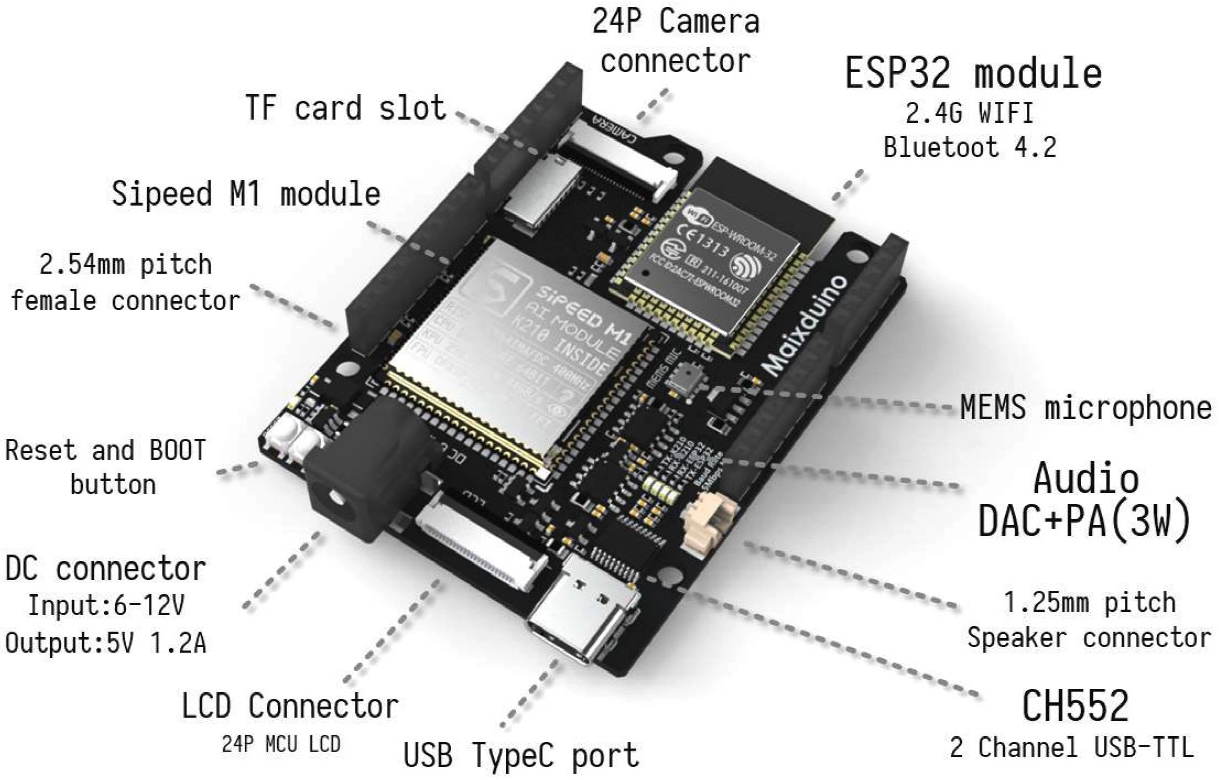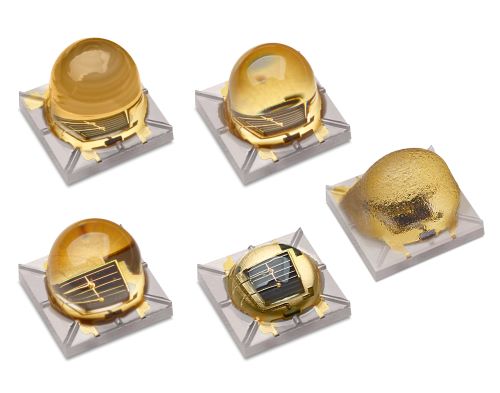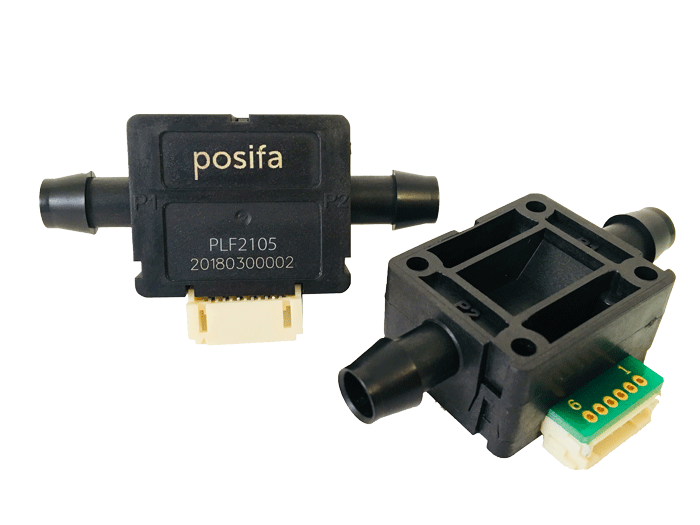Features High-Speed SerDes Input, Power-Over-Coax, On-Board FPGA for Hardware-Level Synchronization, On-Board Peripherals, and Expansion Connectors.
D3 Engineering today announced its new DesignCore® Carrier Board, which allows engineers to quickly connect multiple cameras or sensors with the recently launched NVIDIA Jetson Xavier NX module to enable AI at the edge.
“The new DesignCore Carrier Board allows our customers to take advantage of the incredible compute power of the Jetson Xavier NX by connecting up to 12 streams of input data,” said Jason Enslin, Product Line Manager for Embedded Vision at D3 Engineering. “This enables the development of advanced AI robotics and autonomous applications for manufacturing, delivery, retail, agriculture, and more–in a power-efficient and compact form factor.”
Sensor data is delivered via a serial link and is deserialized into MIPI CSI-2 data for consumption on the Jetson Xavier NX module. This allows the sensors to be placed up to 15 meters away from the processing unit. An on-board FPGA provides hardware-level synchronization capability.
For additional specifications and drawings download the DesignCore NVIDIA Jetson Xavier NX 12-Camera Carrier Board Data Sheet.
Customers can purchase the DesignCore Carrier Board for development, or in quantity for ODM production. D3 Engineering provides cameras, radar sensors, and software design examples for use with the carrier board. The company also offers engineering design services to interface other sensors or create new NVIDIA Jetson Xavier NX-based designs to meet customers’ unique requirements.
“With D3 Engineering’s new multi-camera-enabled baseboard and expertise in embedded vision, customers can take advanced products to market more quickly using the Jetson Xavier NX module,” said Murali Gopalakrishna, Head of Product Management, Autonomous Machines at NVIDIA.
D3 Engineering is a Jetson Preferred Partner for camera development within the NVIDIA Preferred Partner Network. This gives D3 Engineering access to the Jetson camera toolchain, enabling the company to deliver high-performance, cost-optimized embedded vision systems based on the Jetson platform.
Availability
The new DesignCore Carrier Board for NVIDIA Jetson Xavier NX is available for pre-order now. Contact sales@d3engineering.com for more information.


